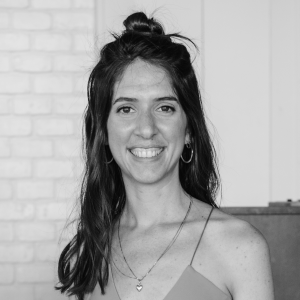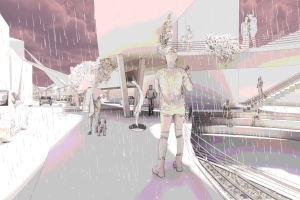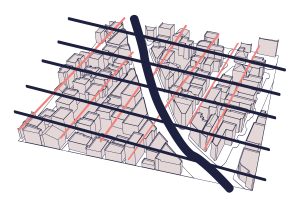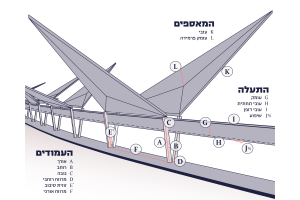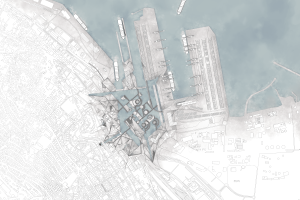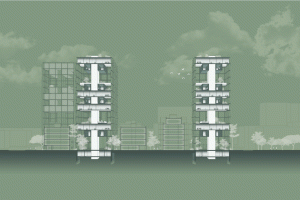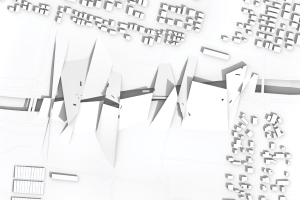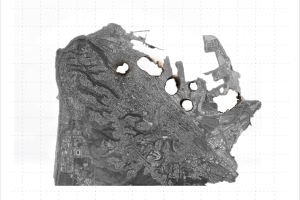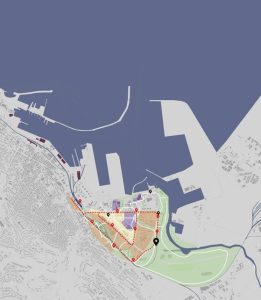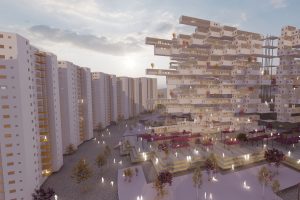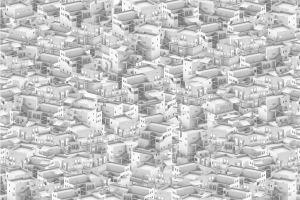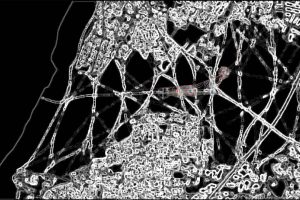Rainduct
When rain falls over the city, some of the urban vitality disappears. How can architecture evoke the city during rainy days?
My starting point is to change attitudes toward common rainfall. Instead of focusing on the negative effects of rain, the project focuses on the benefits of rainwater harvesting. An urban infrastructure will collect the rainwater from rooftops, without reliance on topography. The idea, based on the ancient Roman aqueduct infrastructure, translates it into a modern design. The rainwater will be collected into a collective water reserve that can supply water for public uses, according to the limitations of the water law in Israel.
The project site is based in the Hatikva neighborhood in Tel Aviv, located on the east side of the city. This area has often dealt with flooding events. In addition, Hatikva has a low reputation compared with other areas in Tel Aviv, and the dwelling’s lands aren’t registered properly and are undergoing a process of re-parcellation. Therefore, the project relies on the unique urban structure of that neighborhood as a permanent base.
The path of the rainduct will provide a sheltered walking road, which will also function as a modern boulevard with climber plants. The edge point of the rainduct at the water reserve includes a public square that functions as an attraction point. The project aims to create a special urban experience during rainfall, in which the rain will revive the city instead of threatening it.


